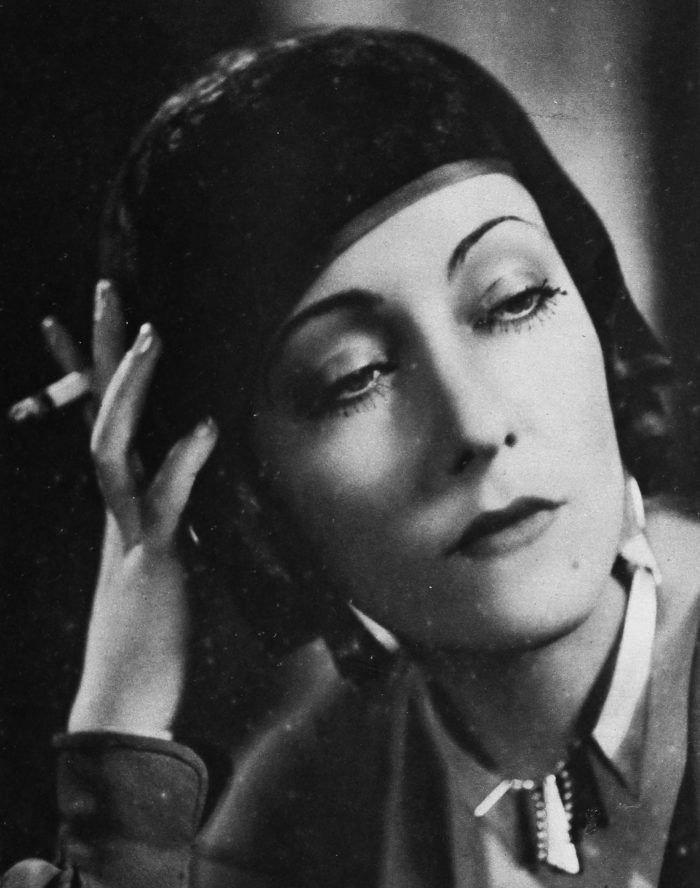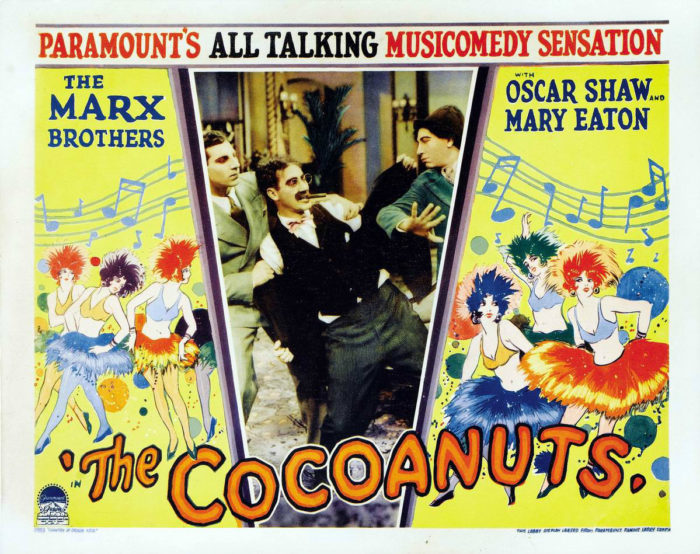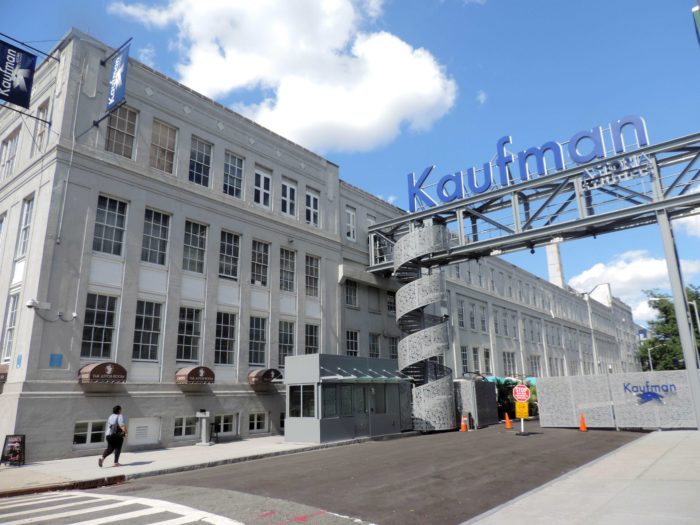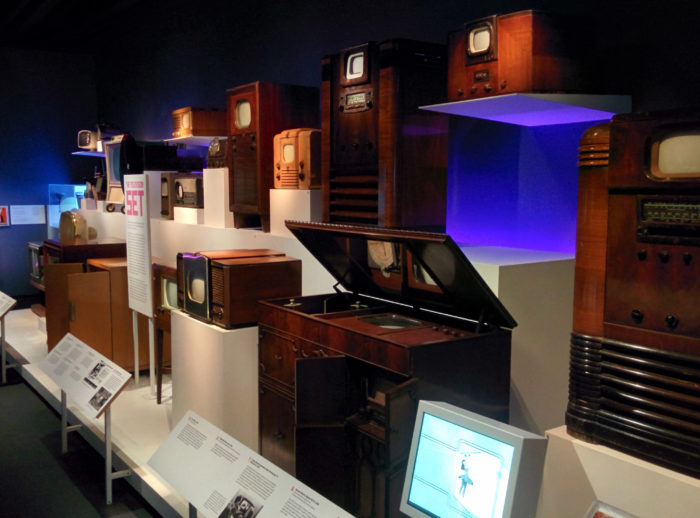In the early 20th century, when Los Angeles was still desert, Astoria was a motion-picture production mecca. Had not the cheap, sparsely populated land and mild weather of Southern California beckoned, Astoria might well be known as Tinseltown today.
To be fair, Fort Lee, NJ, was the first capital of the movie industry. This was largely because of its proximity to West Orange, NJ, where Thomas Edison, the inventor of the kinescope and the founder of the first movie studio, was based. Another reason: Fort Lee was just a ferry ride away from Manhattan, whose stage talent was enlisted for early films.
In 1920 entrepreneur Adolph Zucker opened Astoria Studios at 36th Street between 34th and 35th Avenues for his Famous Players-Lasky company, which churned out silent movies. The Broadway actors starring in those films needed to be close enough to the Great White Way so that after a day of filming they could make it to the theaters for their evening performances. Dorothy and Lillian Gish, Rudolph Valentino, and Gloria Swanson, arguably the biggest stars of their era, were among those filmed there.
Gloria Swanson was among the superstars of the silent era who filmed at Astoria Studios. Image: Screenland/public domain
By the advent of the talkies in the late 1920s, Astoria Studios was better known as Paramount Studio, as it was the New York base of Zucker’s Paramount Pictures company. The studio adapted readily to the introduction of sound, investing in the necessary audio recording and playback equipment. Its first all-talking movie, the 1929 version of “The Letter,” earned Broadway star Jeanne Eagels a posthumous nomination for an Academy Award for best actress. Another film shot at the studio in 1929, “The Hole in the Wall,” was the first talkie for two more Broadway luminaries, Claudette Colbert and Edward G. Robinson.
The Marx Brothers filmed their first two movies, “The Cocoanuts” and “Animal Crackers,” in the Astoria studio. In fact, they shot “Cocoanuts” while simultaneously starring in the Broadway production of “Animal Crackers.” “Cocoanuts” shows the limitations of the era’s sound production technology: In the famous “viaduct/why a duck” scene, the map used as a prop is visibly a wet sheet of paper; when dry paper had been used for the previous takes (all 27 of them), the microphones picked up the rustling and crackling to the extent that the dialogue could not be heard.
“The Cocoanuts” was one of two Marx Brothers films shot in Astoria. Image: Paramount/public domain
By 1932, Paramount Pictures had moved all its film production to California, though independent producers continued to use the Astoria facilities. But the number and caliber of movies shot there declined as actors, writers, directors, and producers answered California’s siren call. After the 1939 production of “… One-Third of a Nation,” a film about the need for affordable housing starring Sylvia Sidney and Leif Erickson (and featuring a teenaged Sidney Lumet in his only screen acting role), the studio was all but abandoned until 1942, when the Army took it over to create training and propaganda films. For nearly 30 years, until 1970, the U.S. Army Signal Corps Army Pictorial Service produced hundreds of short and feature-length films, as well as the documentary TV series “The Big Picture,” which ran from 1951 to 1964.
After the Army declared the studio “surplus property,” it again sat unused until 1975, when “Thieves” starring Marlo Thomas and Charles Grodin was shot there. Though the movie hardly set the box office on fire, it did mark the beginning of the studio’s renaissance. In 1976 it was declared a National Historic Landmark; the following year Sidney Lumet returned to its soundstages, this time as director of “The Wiz” starring Diana Ross and Michael Jackson.
Kaufman Astoria Studios today. Image: Jim.henderson/Wikimedia
In 1982 the studio received a welcome infusion of capital when it was taken over by real estate developer George S. Kaufman (no relation to the George S. Kaufman who co-wrote the Marx Brothers’ “Cocoanuts” and “Animal Crackers”). Since its rebirth as Kaufman Astoria Studios a vast range of TV series, films, music videos, and other productions have been filmed and continue to film here, including “Sesame Street,” “Orange Is the New Black,” and the Oscar-winning “Birdman or (The Unexpected Virtue of Ignorance).”
Inside the Museum of the Moving Image. Image: MusikAnimal/Wikimedia
Kaufman Astoria Studios has invested in upgrading its facilities during the past several decades. Today it encompasses seven soundstages, including the largest east of Hollywood, and the city’s only back lot. One of the original studio buildings, however, was turned into the Museum of the Moving Image. Here you will find more than 1,400 artifacts, including early recording equipment, costumes, fan magazines, still photos, and even licensed lunch boxes, along with early kinetoscope footage, specially commissioned videos, and the Jim Henson Exhibition, a tribute to the father of the Muppets. Included among the displays, of course, are photos, props, and other relics from Astoria’s Golden Age of Filmmaking.






